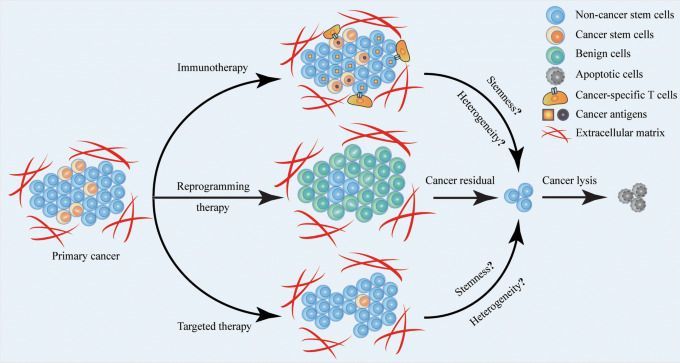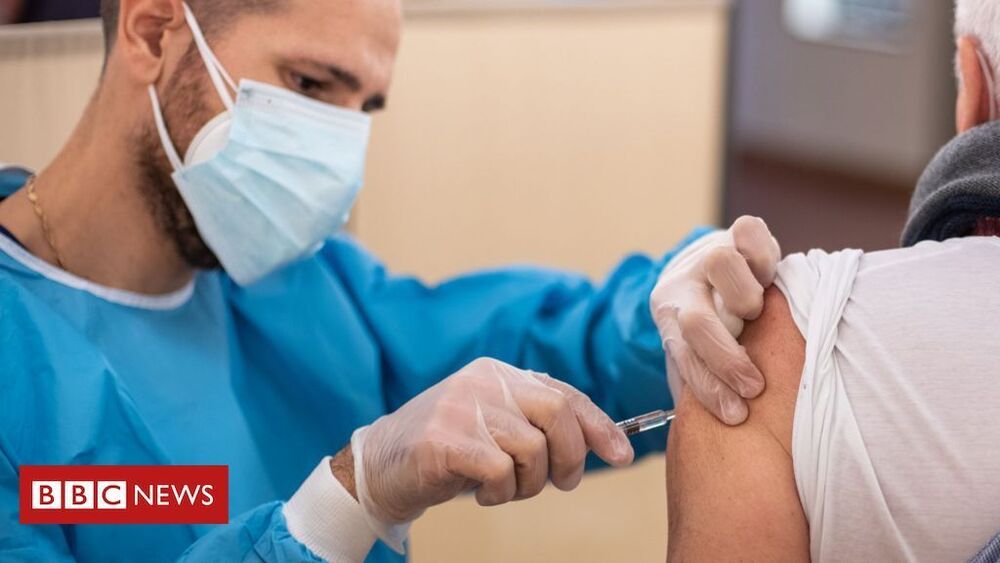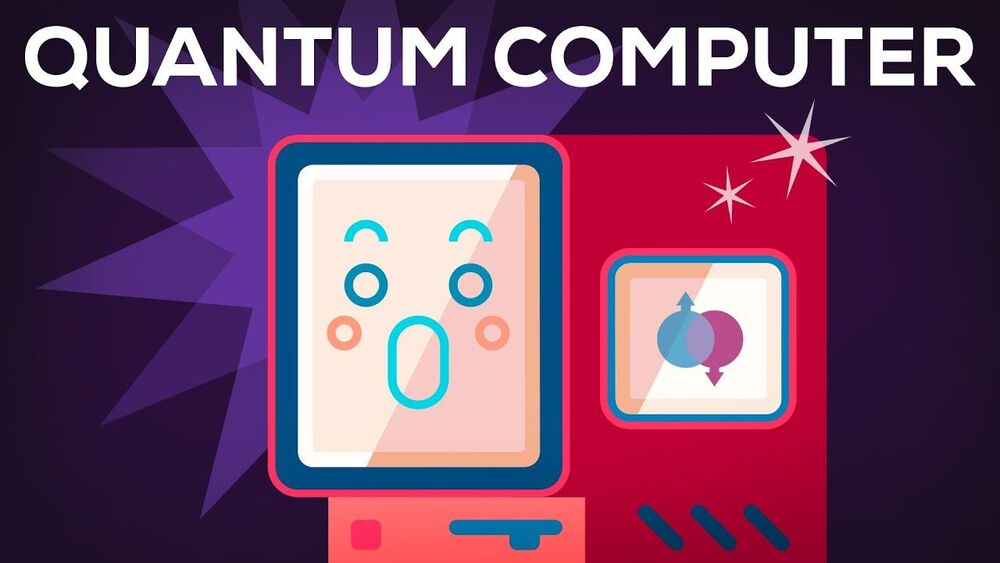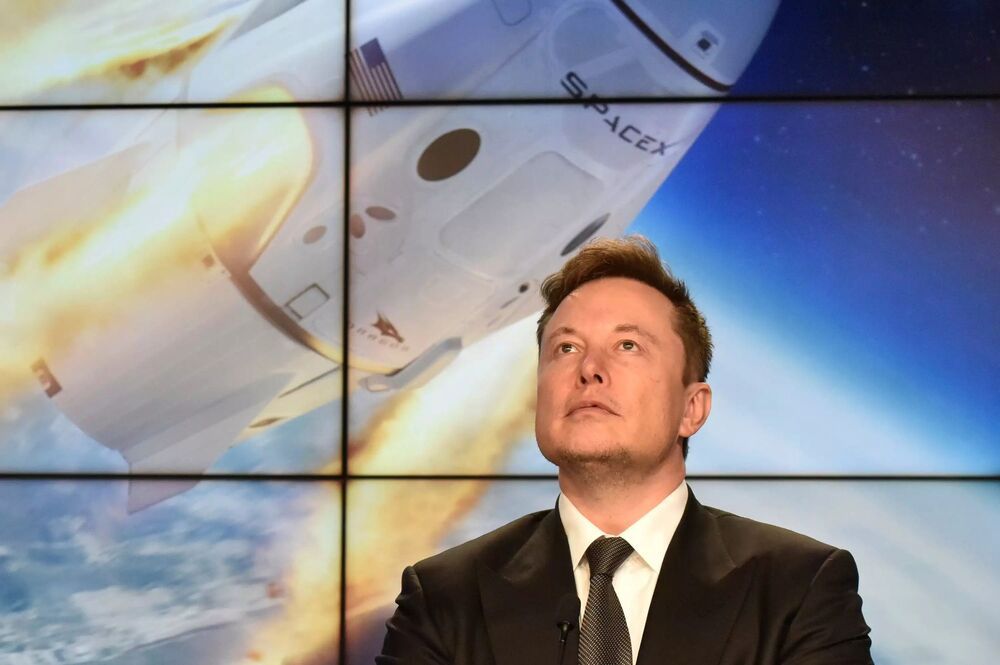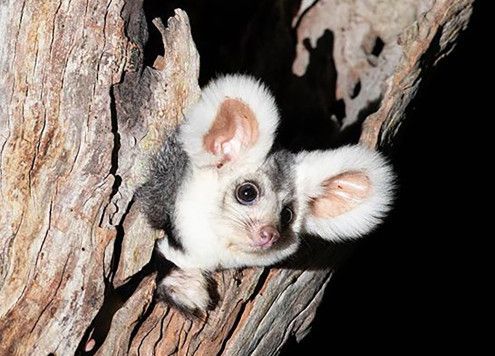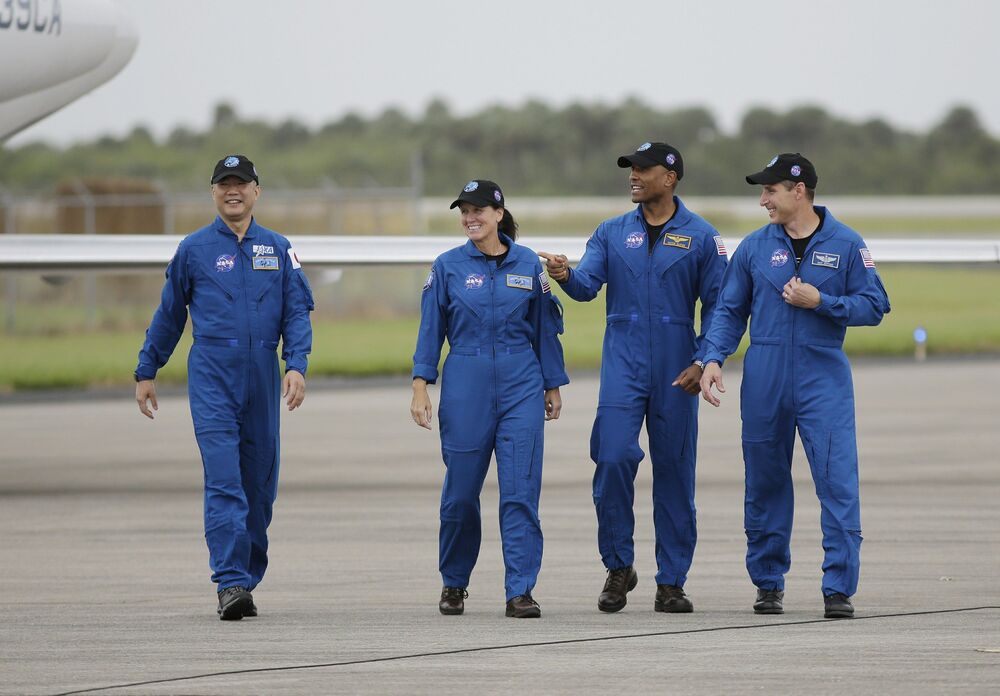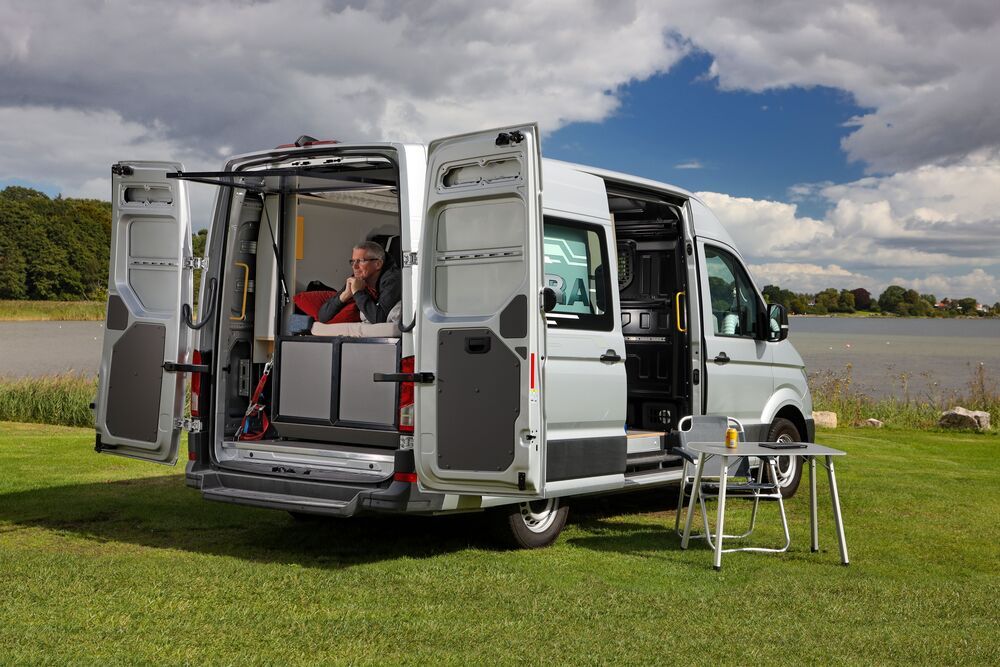Circa 2019
In the past decade, remarkable progress has been made in reprogramming terminally differentiated somatic cells and cancer cells into induced pluripotent cells and cancer cells with benign phenotypes. Recent studies have explored various approaches to induce reprogramming from one cell type to another, including lineage-specific transcription factors-, combinatorial small molecules-, microRNAs- and embryonic microenvironment-derived exosome-mediated reprogramming. These reprogramming approaches have been proven to be technically feasible and versatile to enable re-activation of sequestered epigenetic regions, thus driving fate decisions of differentiated cells. One of the significant utilities of cancer cell reprogramming is the therapeutic potential of retrieving normal cell functions from various malignancies. However, there are several major obstacles to overcome in cancer cell reprogramming before clinical translation, including characterization of reprogramming mechanisms, improvement of reprogramming efficiency and safety, and development of delivery methods. Recently, several insights in reprogramming mechanism have been proposed, and determining progress has been achieved to promote reprogramming efficiency and feasibility, allowing it to emerge as a promising therapy against cancer in the near future. This review aims to discuss recent applications in cancer cell reprogramming, with a focus on the clinical significance and limitations of different reprogramming approaches, while summarizing vital roles played by transcription factors, small molecules, microRNAs and exosomes during the reprogramming process.
